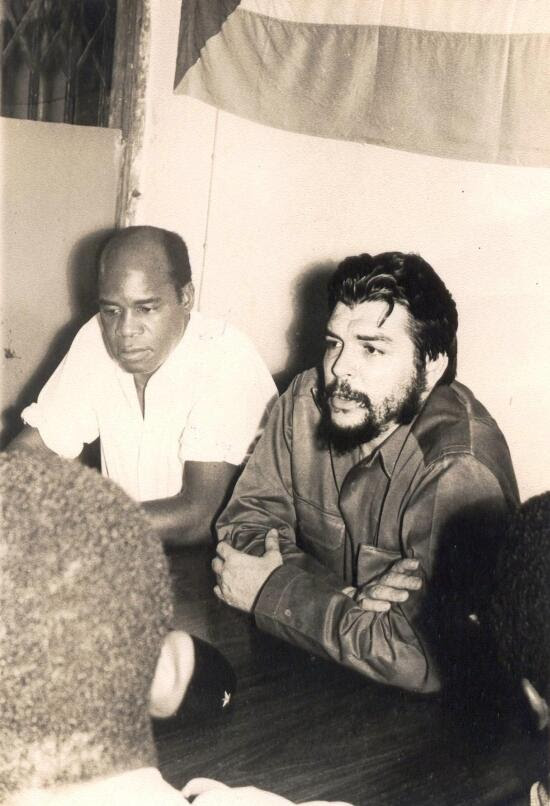wadau kuna taarifa kuwa mwanaharakati maarufu na mpiganaji wa siasa za kikomunist Che Guevara aliwahi kufanya ziara hapa tz miaka ya sitini tena zaidi ya mara moja. mwenye taarifa kamili juu ya ziara zake hizo, malengo ya ziara hizo, na kwanini zilibakia kuwa siri, na atudadafulie
natanguliza shukrani
natanguliza shukrani




